Couta
Top Ten ways to catch Couta
Catch couta on the East Coast of Africa with the following boat-based fishing methods and styles.
1. Slow trolling dead baits
The time honoured slow troll is the most fun and effective way to catch couta. You can have a complete spread of baits, up and down. And still work lures off the front and between the baits. Any bait that does not spin will do. Swim on baitswimmers to stagger your baits in the water column.
2. Deep jigging
Traditionally deep jigging was called spinning or spooning. The angler would stand between the motors, and drop his scarborough borne Hoyts 11 and Tin combination alloy spoon, as fast as possible, to the bottom. Then taking care not to foul the baits, would determinedly jig the spoon up between the baits. Not only does this method catch many fish, but it attracts fish to the baits.
Nowadays, deep jigs are used, colourful and heavy. Very versatile as in the shallows you can catch couta, and then out deep target amberjack and all sorts.
Many anglers have their own personal “don’t touch” jigging sticks that can cost an absolute fortune. But worth every cent when you get a doggie on the line.
3. Surface spinning
When baitfish are balled to the surface by couta and other eager gamefish, you can get a spoon right amongst it all for a fish. Aswell as catching many species (it is also by far the most effective way of catching bait like bonito or tuna), this method also attracts fish on the periphary, to come in towards the baits on offer. The splash really counts. I have seen many fish change direction to the sound of a splash.
4. Live bait
A live bonito, anything up to 5kgs or so, is the single most effective way to get a big couta. Just watch out for what else jumps on. Huge hooks and heavy wire. Heavy tackle. To keep your trophy from the sharks.
Shad are super livies too. Mackerel are great. Goatfish and even lizardfish. Soldiers. They are all on the couta menu.
Slow troll to keep you bait alive and out the back. Weight your second and third livebaits to keep them all seperate. Drifting in the wind also works. You can use the entire length of the boat to keep the baits away from eachother.
5. Fast troll with lures
The most boring way of fishing by far, although you can still sight cast off the front. No big couta is dumb enough to take an artificial looking and sounding plastic swimming plug. At least when they were made from balsa, they were slightly less ugly and intrusive. With ball bearings rattling around, only very young couta are dumb enough.
However, daisy chains and feathers add big time to the odds. They catch couta and bait. Bang one out at the far back, and another a bit closer. And one right at the boat in the white water just behind the first wave.
6. Jig and drop
Born out of the Natal annual sardine run, a bunch of trebles and a sinker is cast into the shoal of sardines. One or two get jigged on a treble, and you let the rig fall down and out of the shoal underneath. Bang! Although it’s not guaranteed a couta every time what with all those gamefish in on the sardines too. This works great from the side too.
7. Dropshot
Yep, some big couta have been taken on this exciting fishing style. Natural looking and erratic swimming, they also work just great on the troll. Fast or slow. You can even have a dropshot bait out on the drift. As the boat rocks, the rod sways giving a really atrractive and erratic action.
8. Chunking
Adapted from yellowfin fishing in the Cape, couta readily snap up a chum bait. Cut your bait into one inch blocks, and set up your drift, chuck in one chunk every two metres. Rig one chunk on a single hook with some serious leader, and let it go with the chum slick of chunks. Hold on tight. Be careful of overwinds with this freespooiling style of fishing. When a couta hits, the ratchet only will not help an overwind so a small bit of drag is best, and strip out the bait manually.
9. Fly-fishing
Sharks can ruin your day so tackle up. Big, fast flies in whites and blues. Sinking and floating lines are suitable in the different areas and situations.
10. The fillet
Take a shiny couta duster type lure, and rig inside it, a juicy sardine or whatever fillet. You can tie with cotton, or use a stripbaitswimmer off the shelf. At about 4 or 5 inches long, it is not a big bait, but big couta love this offer. Slow or medium or fast troll this magic bait
And a bonus few more…
11. Down-rigging
Yep, couta swim right on the bottom too. And attack upwards. So a downrigged bait can put your offering right in front of their eyes. Many croc couta are taken down way deep. Max 25m or so.
12. Skip-bait
A halfbeak skipped along at speed, off the rigger, bounces along for a saily or couta just great. And then when you get a strike on one of the other baits, and the boat slows, these skipping baits become swim baits as they drop into the clear water in front of the shoal. And the couta jump on them.
Summary
Time has born all sorts of new names for old styles of fishing. Spooning is deep jigging. Flick sticks are spinning sticks. But one thing has not changed. Stay under 25 m deep, shallower for the big fish, in scattered reef area, and try any of the above methods, for your couta.
Showing 1–12 of 13 results
-

MYDO Silver Bullet Baitswimmer #4
R98.00 Add to basket -

MYDO Baitswimmer Couta Trace # 4
R195.00 Add to basket -

MYDO Silver Bullet Baitswimmer #2
R58.00 Add to basket -
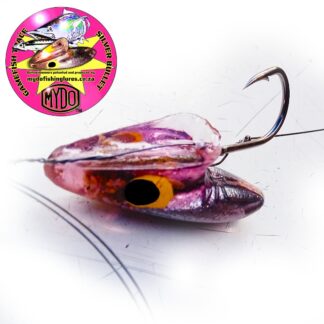
MYDO Baitswimmer Silver Bullet #1 Gamefish Trace
R165.00 Add to basket -

MYDO Silver Bullet Baitswimmer #3
R74.00 Add to basket -

MYDO Couta Spread
Sale! Original price was: R799.00.R699.00Current price is: R699.00. Add to basket -

MYDO BaitFlasher Decal Set (5 in a row)
Sale! Original price was: R95.00.R75.00Current price is: R75.00. Add to basket -

MYDO Telescopic Couta Trace #1
R185.00 Add to basket -
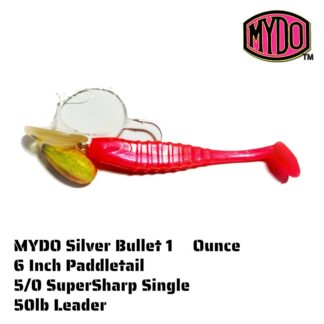
MYDO Silver Bullet Baitswimmer 1 Oz with 6-inch paddletail
Sale! Original price was: R80.00.R70.00Current price is: R70.00. Add to basket -
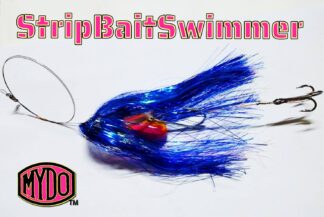
MYDO StripBaitSwimmer
Sale! Original price was: R165.00.R155.00Current price is: R155.00. Add to basket -
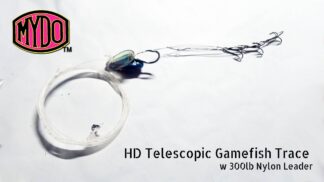
MYDO HD Telescopic Gamefish Trace w 300lb Nylon Leader
R285.00 Add to basket -
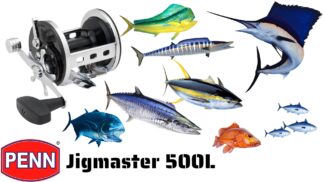
Penn Jigmaster 500L
R1,850.00 Add to basket
Showing 1–12 of 13 results
